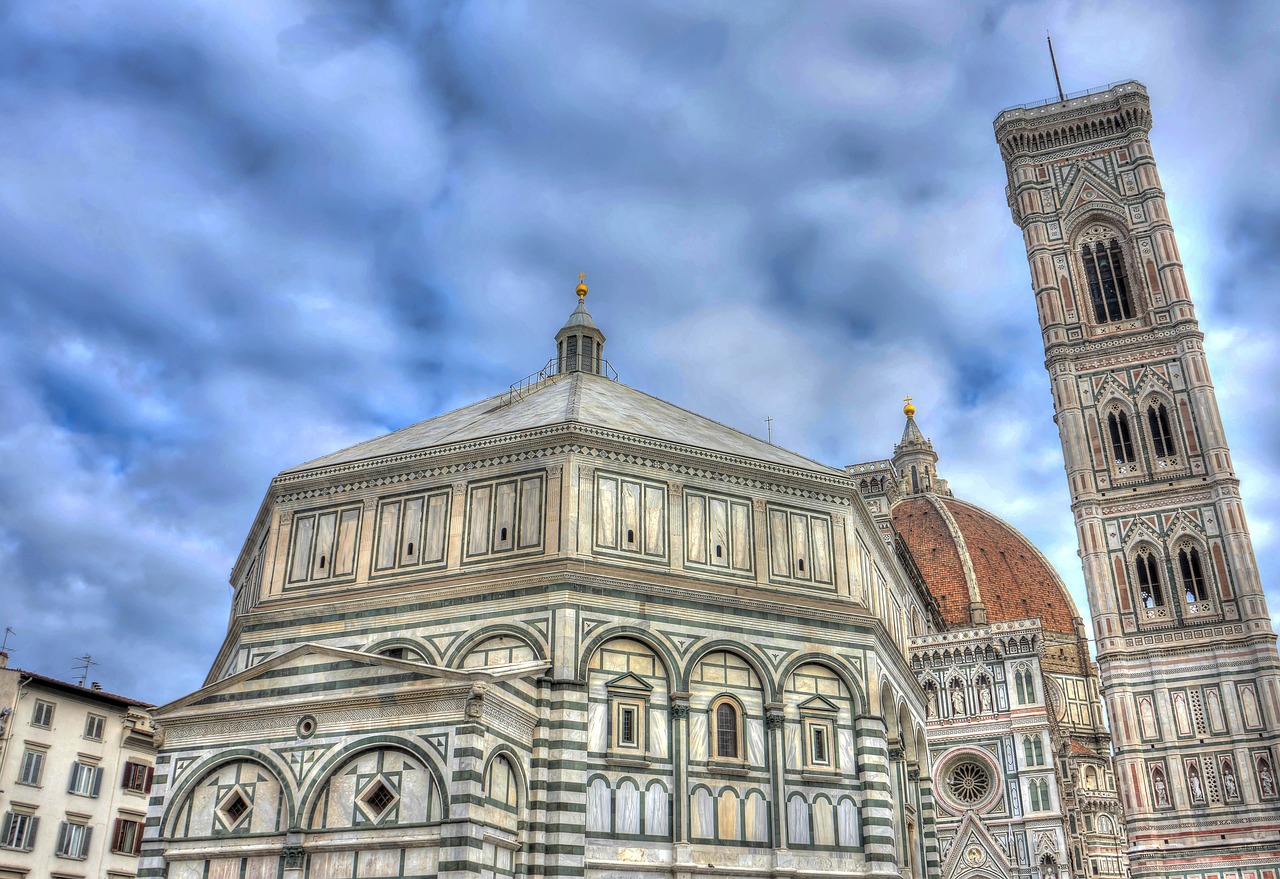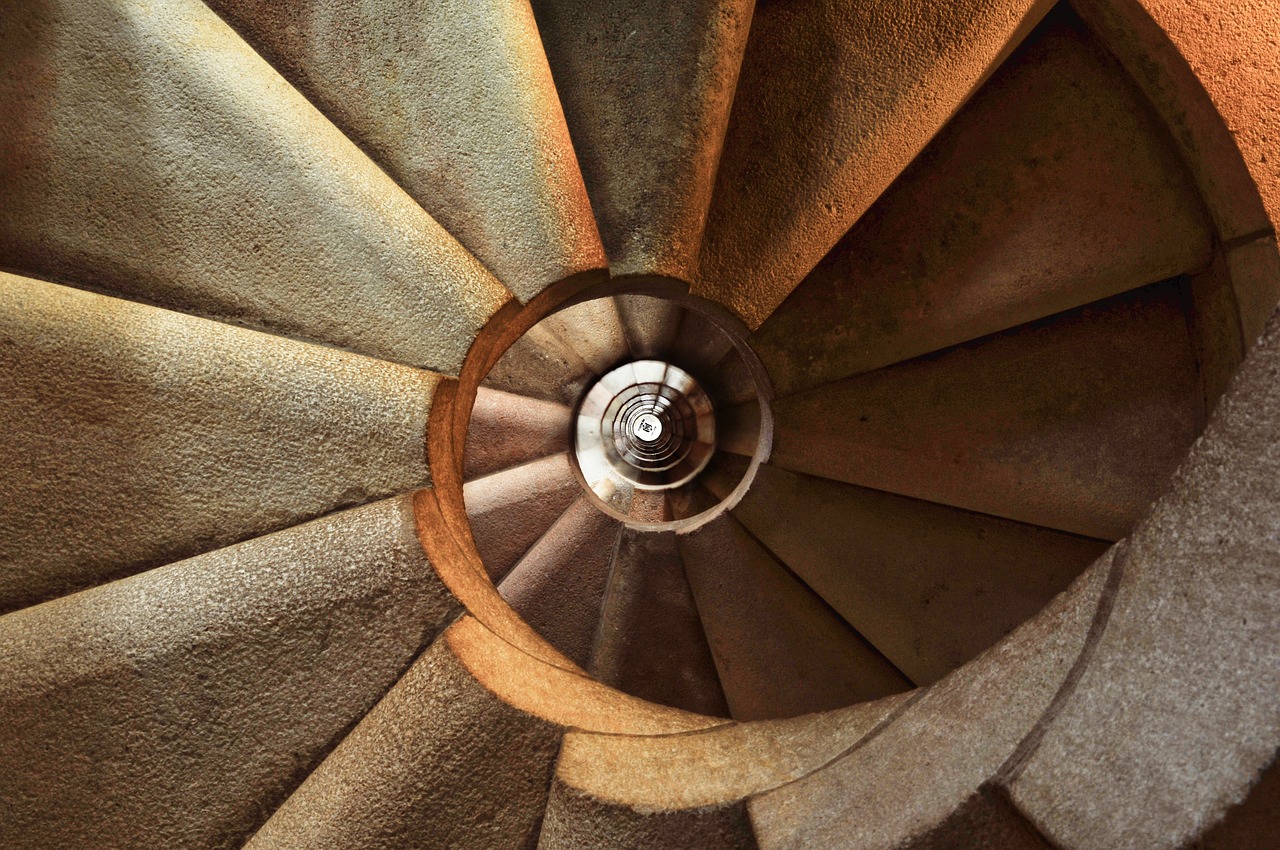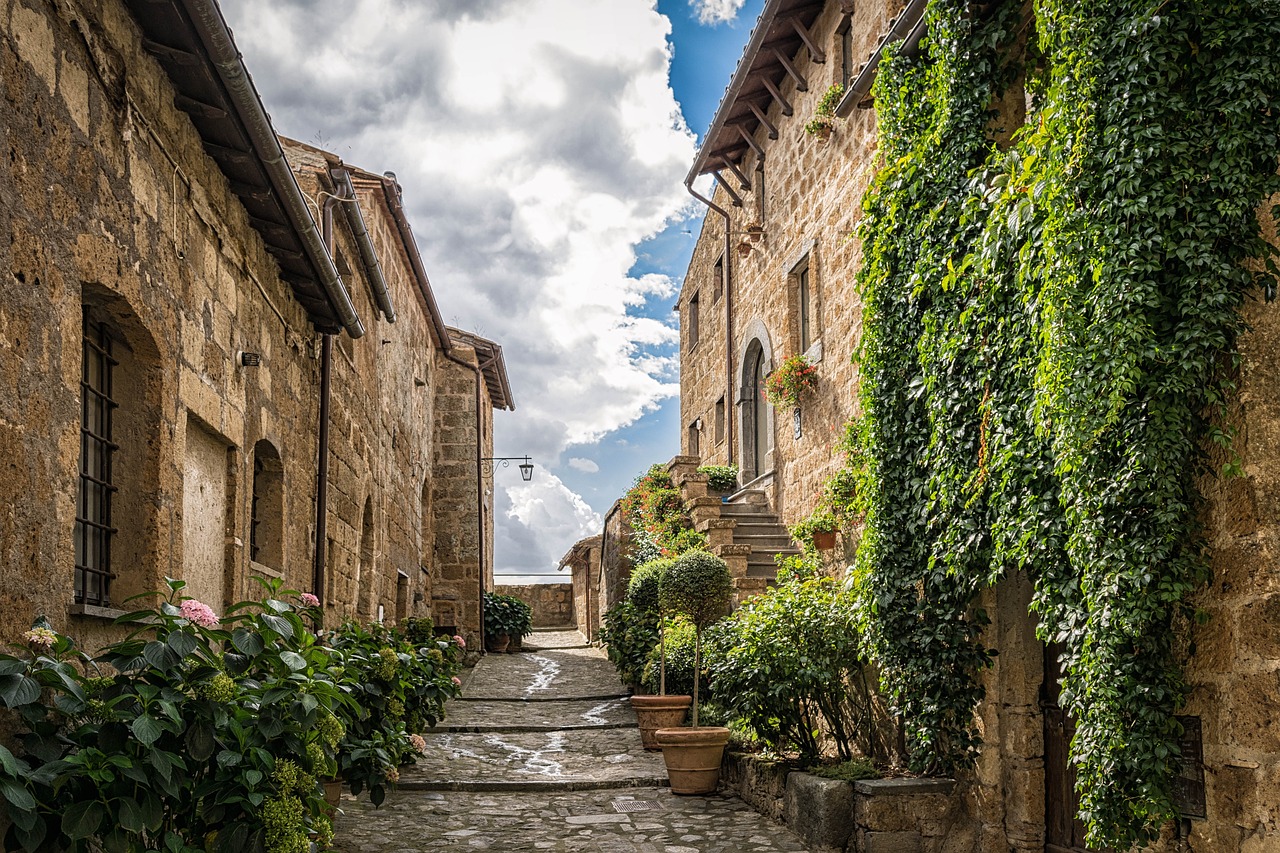You’re walking down a street lined with towering skyscrapers, and you can’t help but stop and stare at one building in particular. It’s not just the height or the sleek glass facade that catches your eye – it’s the way the building seems to blend seamlessly with the surrounding environment.
You realize that what you’re looking at is a perfect example of the intersection of art and architecture.
Art and architecture have been intertwined since the beginning of civilization. From the ancient pyramids of Egypt to the modernist buildings of the 21st century, architects have always looked to the visual arts for inspiration.
But it’s not just a one-way street – artists have also found ways to incorporate architectural elements into their works, creating a dynamic relationship between the two fields.
In this article, we’ll explore the historical intersections of art and architecture, the role each plays in the other, and some of the most inspiring examples of their collaborations.
Historical Intersections of Art and Architecture
Let’s take a trip down memory lane and explore the fascinating historical mash-up of art and architecture. Throughout the centuries, artistic influences have played a significant role in shaping architectural designs.
From the intricate carvings on ancient Egyptian temples to the grandeur of Renaissance palaces, art has been instrumental in creating some of the most iconic buildings in history.
But beyond just aesthetics, the intersection of art and architecture has also held cultural significance. In many cultures, architecture was not just about creating functional spaces, but also about expressing religious beliefs and political power.
For example, the Gothic style of architecture, with its soaring spires and intricate ornamentation, was often used to convey the power and glory of the Catholic Church in medieval Europe.
These historical examples remind us of the important role that art and architecture have played in shaping our world and inspiring future designs.
The Role of Art in Architecture
You can enhance the visual appeal of your building by incorporating artistic expression that seamlessly blends with the overall aesthetic. Artistic expression can take many forms, from murals and sculptures to unique architectural details and lighting fixtures. By incorporating these elements, you can create a space that is not only functional but also visually compelling.
Artistic expression can also play a significant role in shaping the spatial aesthetics of a building. By using color, texture, and form, you can create a sense of depth and dimensionality that draws the eye and creates a sense of movement throughout the space. Additionally, by using lighting and shadow, you can create a dynamic interplay between light and dark, which can further enhance the spatial aesthetics of your building.
By embracing the role of art in architecture, you can create a space that is both beautiful and functional, and that inspires those who inhabit it.
The Role of Architecture in Art
When exploring the relationship between architecture and art, it becomes clear that the two disciplines are intertwined in a complex and dynamic way. While art has played an important role in shaping architecture, architecture has also influenced the art world in significant ways.
Buildings and structures have been the inspiration for numerous works of art, with artists using them as a canvas for their creations. In contemporary perspectives, the influence of architecture in art can be seen in the use of space and form.
Many artists are now incorporating architectural elements into their work, blurring the lines between the two disciplines. Installations and sculptures are being designed to interact with their surroundings, creating a symbiotic relationship between the artwork and the space it occupies.
As architecture continues to evolve, it is likely that it will continue to inspire and shape the art world, leading to even more innovative and thought-provoking designs.
Examples of Iconic Art-Architecture Collaborations

As you delve into the world of art and architecture collaborations, it’s impossible not to be struck by the sheer amount of iconic examples that have emerged over the years.
One prime example of creative synergy between art and architecture is the Guggenheim Museum in Bilbao, Spain. Designed by Frank Gehry, the museum’s daring curves and titanium façade have become an architectural icon, drawing visitors from all over the world. But what truly sets the Guggenheim Bilbao apart is the art it houses within its walls.
The museum’s collection includes works by some of the most renowned artists of the 20th and 21st centuries, including Jeff Koons, Anselm Kiefer, and Richard Serra. The museum’s unique architecture and stunning art collection have created a singular experience for visitors, illustrating the power of successful art architecture collaborations.
While there are certainly many successful art architecture collaborations, there are also lessons to be learned from failed attempts.
One example is the Cenotaph for Newton, a proposed monument by artist Eduardo Paolozzi and architect James Stirling. The monument was intended to honor Sir Isaac Newton, but its abstract design and lack of connection to Newton’s life and work drew criticism from the public and ultimately led to the project’s cancellation.
This serves as a reminder that successful art architecture collaborations are not solely about aesthetics, but also require a thoughtful integration of the art and the building’s purpose and context.
Pushing the Boundaries: Contemporary Art-Architecture Crossovers
Don’t miss out on the exciting new collaborations happening between contemporary artists and architects, pushing the boundaries of what we expect from the built environment.
One of the most exciting aspects of these crossovers is the use of innovative materials. From the use of recycled plastic to create building facades, to the integration of living organisms within building structures, these collaborations are redefining what is possible in terms of materials innovation. By incorporating these new materials into the built environment, architects and artists are creating spaces that are not only visually stunning but also more sustainable.
Another key aspect of these collaborations is the focus on sustainability strategies. As the world becomes increasingly aware of the impact of climate change, architects and artists are working together to design buildings that are not only beautiful but also environmentally responsible. From the use of green roofs and living walls to the integration of renewable energy sources, these collaborations are leading the way in sustainable design.
By pushing the boundaries of what is possible, these artists and architects are creating a new vision for the built environment, one that is both inspiring and essential for the future of our planet.
Frequently Asked Questions
How much does it typically cost to commission an art-architecture collaboration?
Collaboration costs for art-architecture projects can vary greatly depending on the scope of work, materials, and artists involved. It’s important to consider budgeting considerations early on to ensure the project stays within your financial constraints.
Are there any legal considerations when incorporating art into a building design?
When incorporating art into a building design, legal requirements must be considered. This includes artist compensation and ensuring that the artwork meets safety and accessibility standards.
How do cultural differences impact the way art and architecture intersect in different parts of the world?
Cultural influences and global perspectives impact how art and architecture intersect around the world. Different regions have unique styles and traditions that shape the way designers approach incorporating art into building designs.
What role do technological advancements play in contemporary art-architecture collaborations?
You’ll find that technological advancements, like virtual reality, have made a huge impact on art-architecture collaborations. Sustainability is also a crucial factor in contemporary projects, ensuring designs meet environmental standards.
How do environmental concerns influence the design of art-architecture projects?
When designing art-architecture projects, you consider sustainability and the materials used. Environmental concerns have a significant impact on the design process, forcing architects and artists to make responsible choices.
Conclusion
Now that you’ve explored the intersection of art and architecture, you can appreciate the impact that each has on the other.
From historical collaborations to contemporary crossovers, these two fields have continuously inspired each other, pushing boundaries and creating new perspectives.
As you continue to observe the built environment around you, take a moment to consider the artistic elements that have been integrated into the design.
Whether it’s a striking sculpture or a unique façade, these art-architecture collaborations add depth and meaning to the spaces we inhabit.
As you continue to explore the world of design, keep in mind the powerful potential that lies at the intersection of art and architecture.










